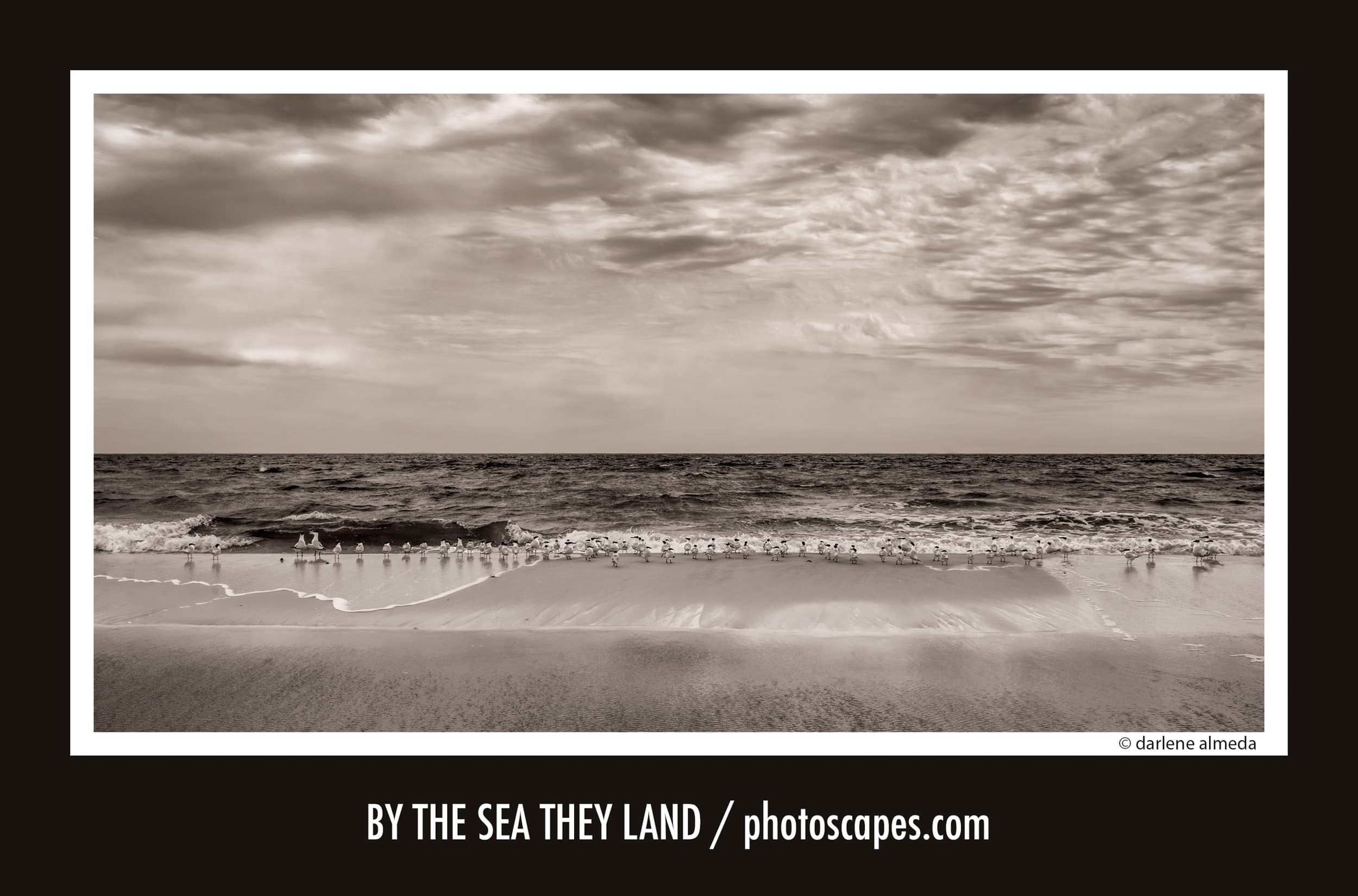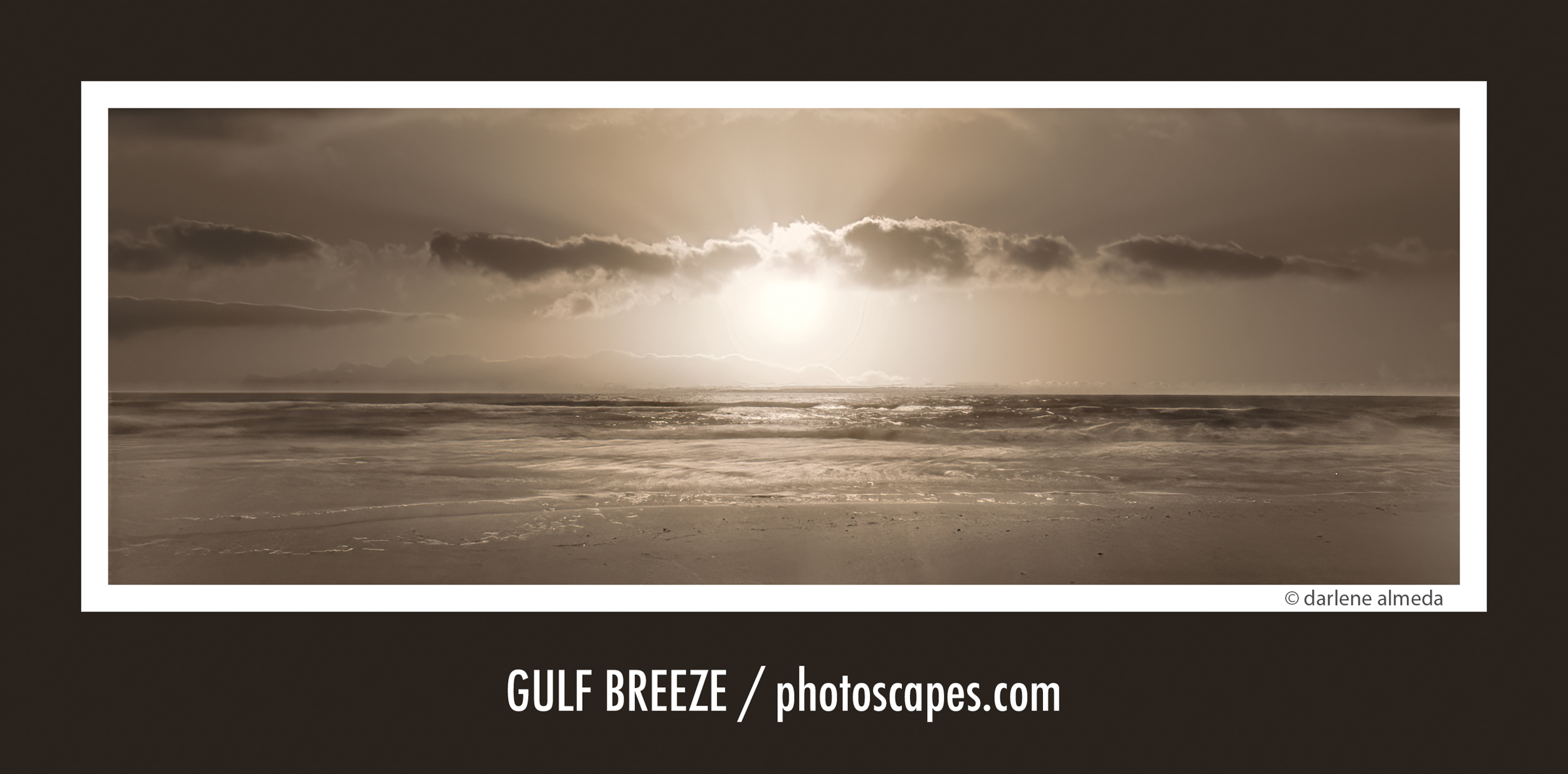Fujifilm XE-2 (IR 590) | St. George Island, FL
Seascape photography is the art of photographing the ocean and the ever-changing environments shaped by its presence. At its heart, it is landscape photography with water as the main character—waves, tides, skies, and shorelines coming together in endless combinations that shift by the minute. A seascape is never the same twice, and that is part of its timeless appeal.
While many landscape genres rely on stillness, seascape photography embraces motion. Long exposures can smooth roiling surf into soft ribbons of tone, while fast shutter speeds can freeze the raw power of a breaking wave. Photographers often use filters—neutral density, polarizers, or graduated filters—to balance exposure and help shape how motion and light are rendered.
Equally important is the atmosphere surrounding the water. Light reflecting off open sky can create dramatic moods: storm clouds rolling in, golden-hour glow along the horizon, or pastel color shifts at dawn. Foreground elements such as rocks, jetties, tidal pools, sea grasses, driftwood, or beach structures anchor the composition, offering a sense of place and depth.
Seascape photography also demands a healthy respect for the ocean. Tides, currents, weather, and wind shape not only the photograph but the safety of the photographer. Staying aware of changing conditions is essential, especially when exploring unfamiliar coastlines.
At its best, seascape photography becomes a quiet conversation between the photographer and the sea—a study of light, rhythm, and the fleeting beauty found where water meets land. It invites patience, curiosity, and the willingness to return again and again, knowing the ocean will always show a different face.
words & images © darlene c. almeda / photoscapes.com



